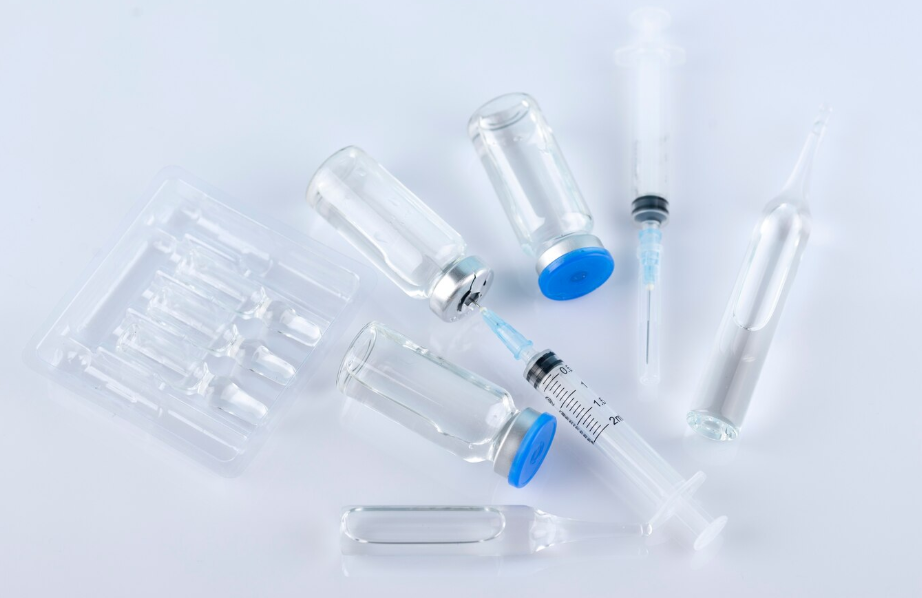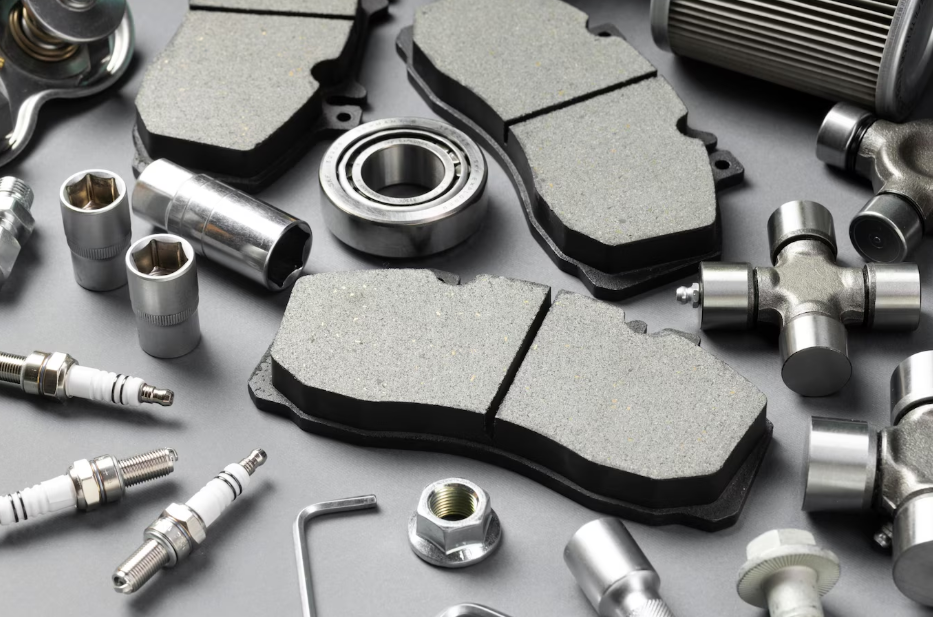Manufacturing procedures use a rather large number of technical words that we need to get familiar with before getting involved with this industry. Regardless of our position at the end of the spectrum, getting to know these terms will pretty useful no matter if you are a client looking to hire a manufacturing company or if you plan to set up an injection molding operation. The following is a brief list of the most popular words used in the industry that every newcomer should know.
Table of Contents
Toggle· Resins
Resins are the most common form of raw materials used by manufacturers to create a finished product using a plastic injection molding process. There are many options when it comes to engineering resins available in the market. Most of the time, the choice of material will be the one that takes more time and study to the designing team. The best advantage of this procedure is the chance to test all the possibilities using prototype injection molding to settle for a viable option.
· Colorants
A colorant is a pigment system presented in pelletized or liquid form. The chemical is mixed with the resins to give them a color of our choice. Getting the desired color for each part or product requires a color matching process to provide some insight to the design team about the desired pallet requested by the client. The manufacturer will always present the finished colors in plaques for the clients to appreciate and to make their choice based on achievable results.
· Molds
Molds are hollow forms made with stainless steel that is used to receive molten injected plastic to manufacture a plastic part. They are considered one of the most expensive parts of the manufacturing process, and they are used to create a full run of a product or numerous reissues. Molds have increased levels of complexity. They need a lot of planning to get them right since they will be the cornerstone of the product you sell until you need to update it.
· Mold Cavity
The mold cavity is the name of the hole placed in the mold that takes the shape of the part we wish to create. Molten plastic resin is injected in this hole to make the part. The more cavities the mold has, the more it will require tooling work, making it increase in cost. Very few can get mold cavities done right at the first try. Once they are done, they should be able to have high levels of productivity. The most recurring recommendation in this stance is to create a single mold for every par needed instead of integrated ones.
· Flashing and Burrs
Flashing is a manufacturing issue that happens when thin protuberances appear on a finished part. This happens because melted gets out of the mold cavity; the most common location for them is the parting line or close to the ejection pin. The cause is an excessive injection speed or too much pressure put in the mold. When they happen too frequently is because the mold is ending its productive life cycle.
· Wall Thickness
Wall thickness is one of the many manufacturing traits that need to be considered when we are in the process of creating a plastic product. This one has a direct impact on almost every stage of the process: from production speed to final cost, and overall quality of a part. Is trait that is not subject to restrictions, but it has to follow the basic principle of making them as thin as possible while keeping the structural requirements of the product as well as the demands on size and geometry.
· Hydraulics
Hydraulics plays a pretty significant role in prototype injection molding and manufacturing procedures. The machines used to create the products use hydraulic cylinders to clamp the two halves of a mold using high-pressure force. When plastic resins are melted, the liquid is injected on the mold cavity to make a product. The mold is cooled to make the plastics harden before the halves of the molds release the product. This all happens using hydraulic principles and machinery.
· End-of-Arm Tooling
Manufacturing procedures are made efficient and quicker when the right technology is used. The fastest operations employ arm tooling, which is nothing more than a fancy term used to address tasks done by robots that are specially programmed to handle a manufacturing task in very little time. Many of the most amazing technological pieces are assembled this way with no need for human hands to intervene.
· Runner Systems
A runner system is a channel that allows the flow of melted plastic to fill the cavities in the mold. You can find them in two categories: as hot runners or cold runners. They both have their specifications and handling different tasks with them is based on the needs of the projects, so there is no better choice over the one in this regard.







